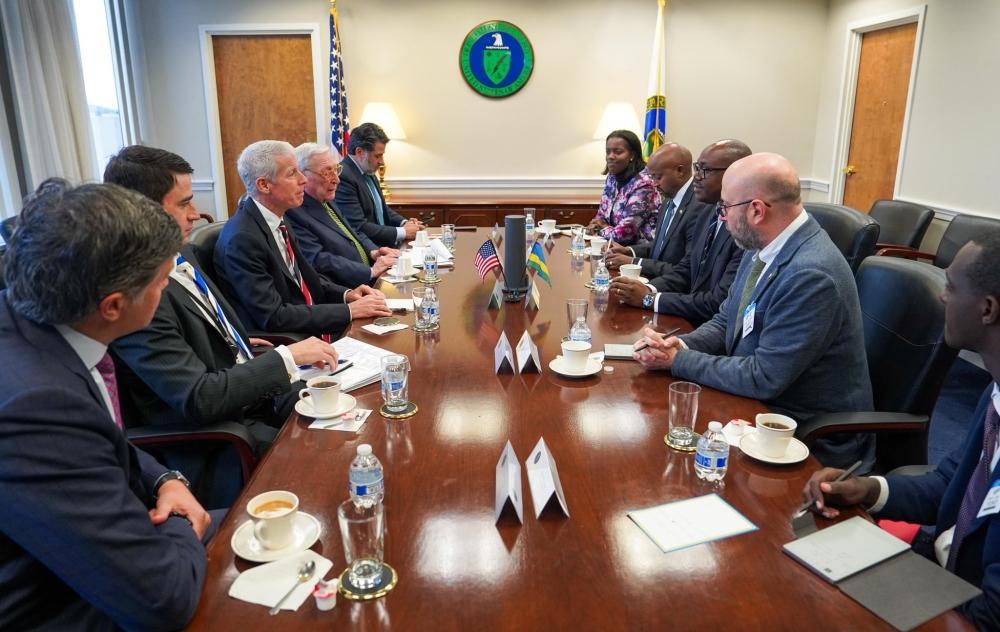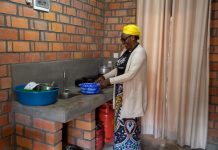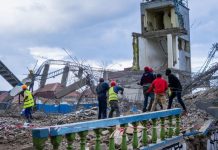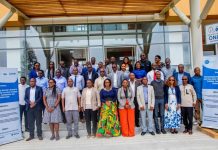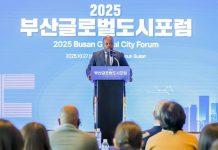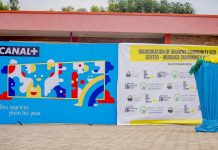Africa-Press – Rwanda. Prime Minister Justin Nsengiyumva met with U.S. Secretary of Energy Chris Wright to strengthen cooperation in energy innovation, on Wednesday, October 29, in Washington, D.C.
Their discussion focuses on cooperation in the areas of small modular reactors (SMRs) nuclear power, natural gas and critical mineral processing, according to the Office of the Prime Minister of Rwanda.
This is announced when Rwanda plans to include nuclear power in its energy mix, in a bid to increase electricity generation to power development initiatives.
In 2024, Rwanda Atomic Energy Board (RAEB) and NANO Nuclear Energy Inc., a US nuclear energy and technology company, signed a Memorandum of Understanding (MOU) to develop a nuclear energy ecosystem within Rwanda.
The agreement was intended to establish a framework under which NANO Nuclear work alongside RAEB to facilitate the introduction and eventual integration of SMRs and microreactors in the energy sector development in Rwanda.
Prime Minister Justin Nsengiyumva meets with U.S. Secretary of Energy Chris Wright in Washington, D.C on Wednesday, October 29. Photo Courtesy
According to the second phase of National Strategy for Transformation (NST2), which spans the 2024-2029 period, nuclear technology will be explored and developed for productive uses in sectors such as health, energy and agriculture, among others.
The government projects states that per capita consumption of energy will increase from 50 Kwh in 2019 to 3,080 Kwh in 2050, and energy generation will continue to be informed by demand projections.
It is anticipated that Rwanda will need about 3,788 MW and 13,981 MW of energy capacity in 2035 and 2050, respectively, to meet growing industrial demand. This will require the identification of new sources of energy over time that are affordable and reliable for industry.
Data from Rwanda Energy Group (REG) shows that the country’s installed energy generation capacity increased from 156 MW in 2014 to 406.4 MW in 2024.
As per Vision 2050 blueprint, tariffs will be kept affordable by developing long-term least-cost power generation plans, and there will be continued emphasis on clean and renewable energy as a source of generation, with at least 60 per cent of installed capacity in this category.
For More News And Analysis About Rwanda Follow Africa-Press

